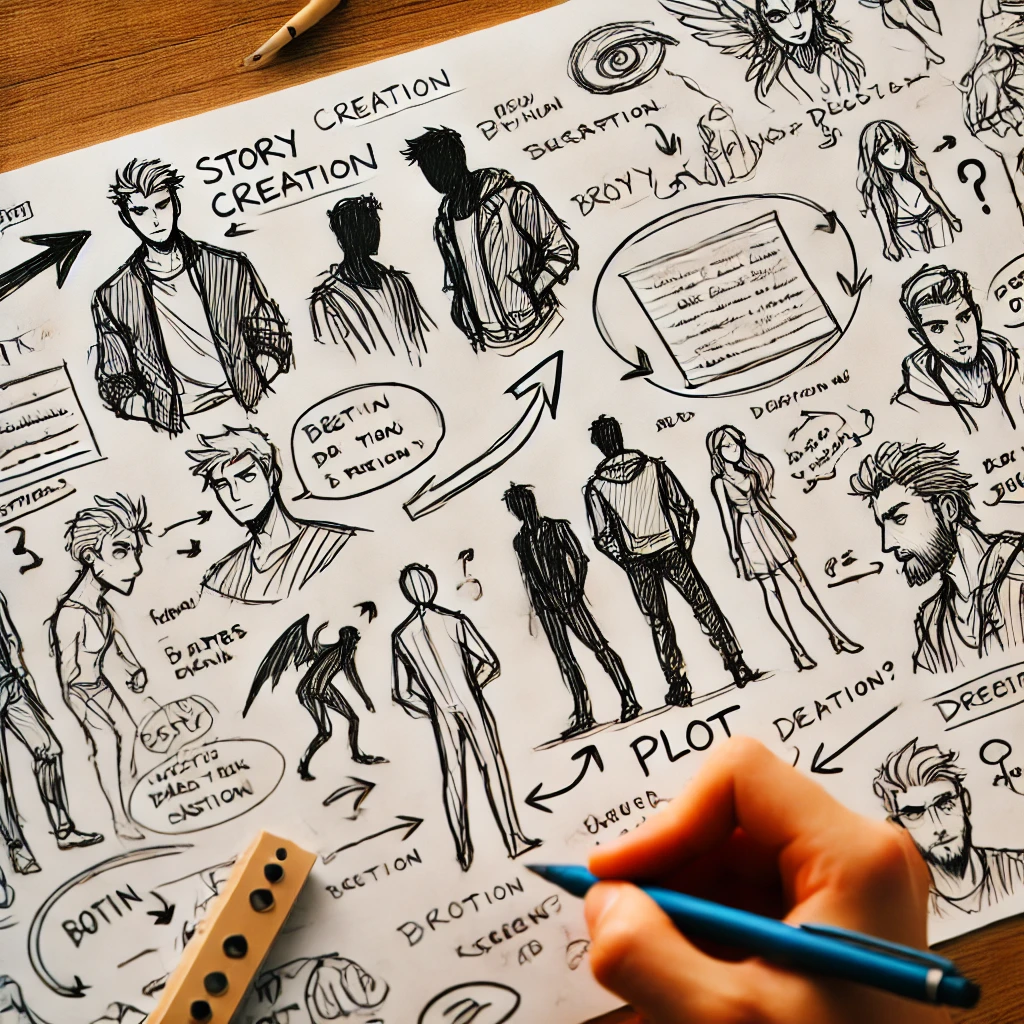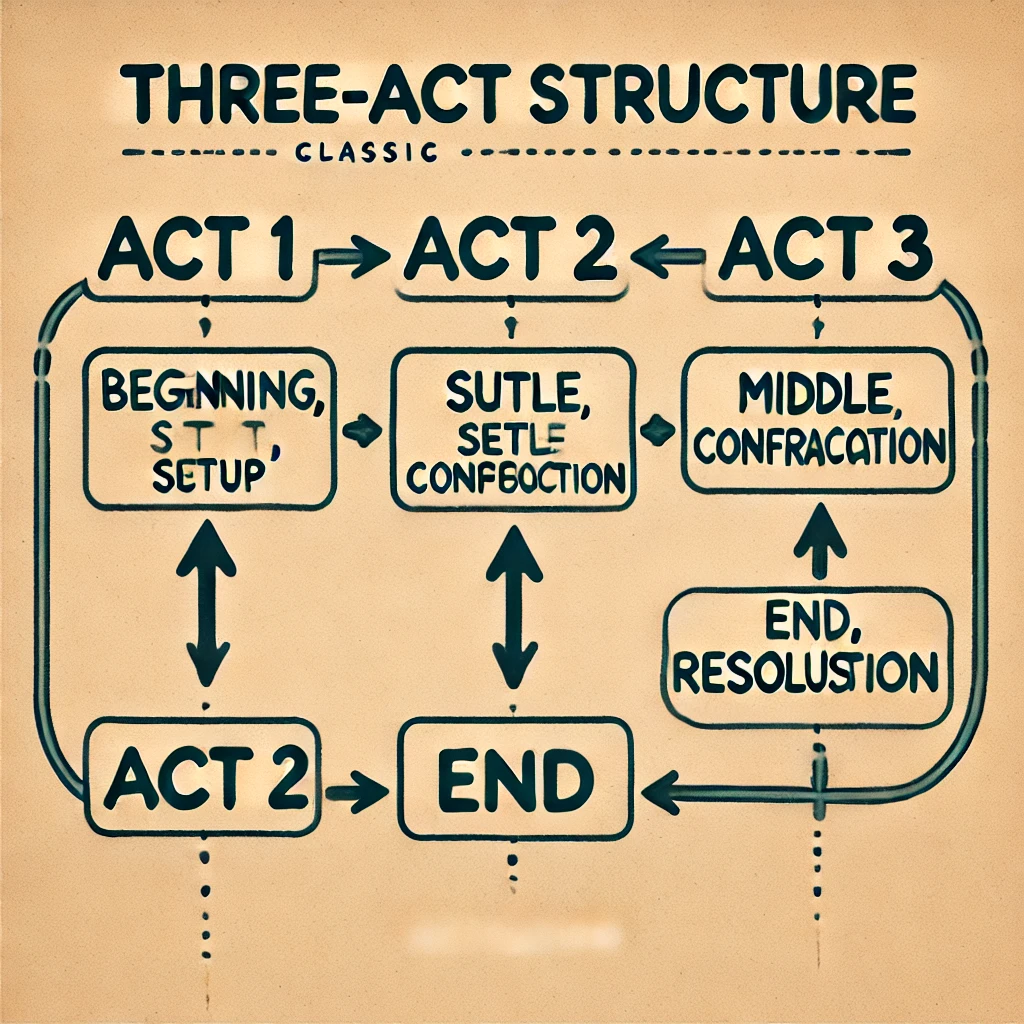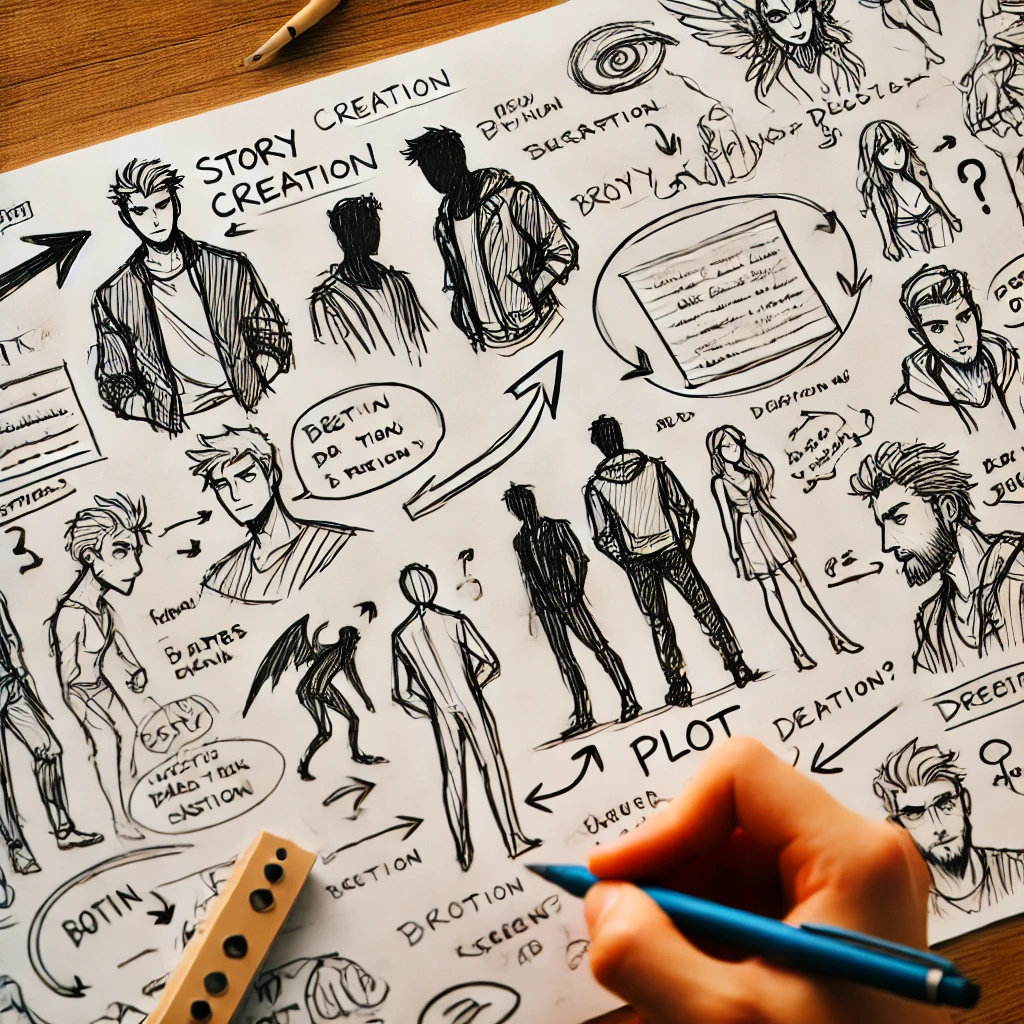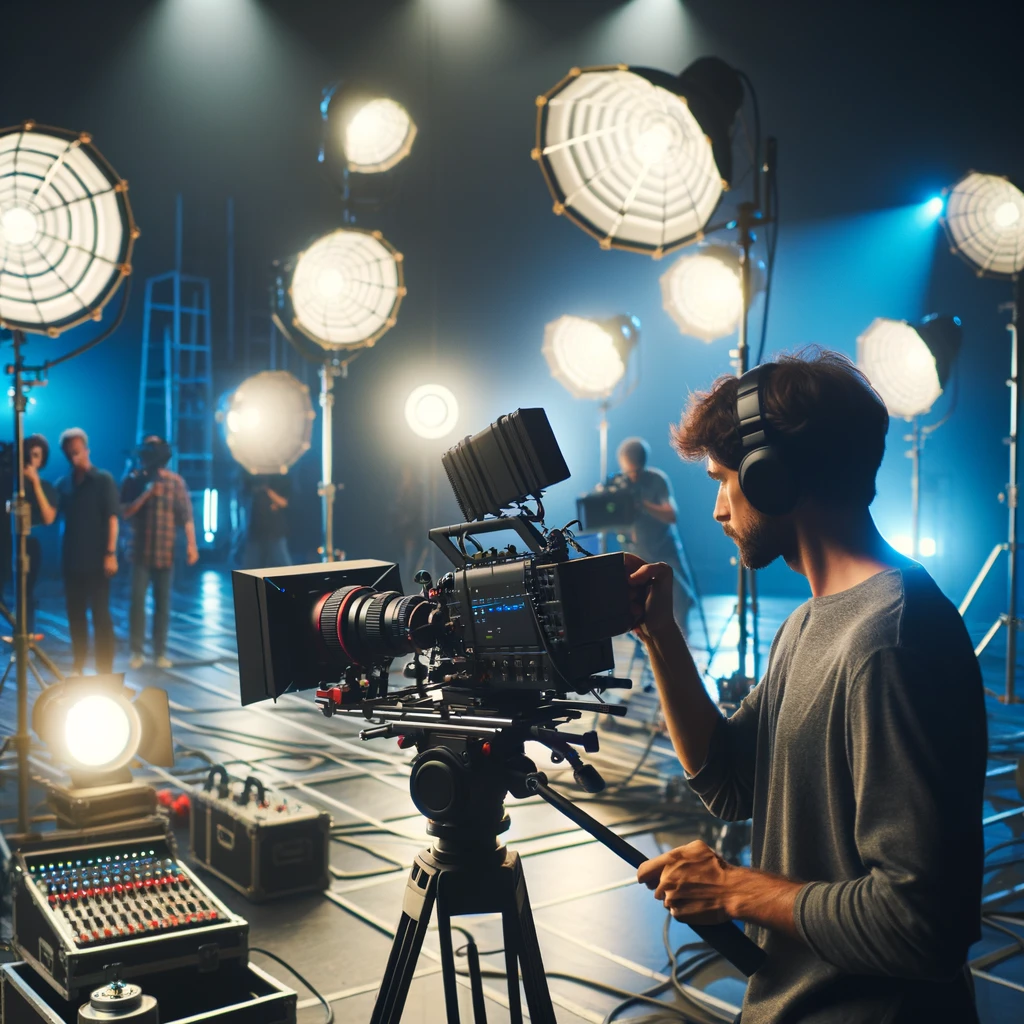The Magic of Storytelling: Turning Ideas into Films
Storytelling is the art of telling stories, a technique as old as humanity itself. From cave paintings to cutting-edge films, the ability to tell a captivating story is what connects and moves people. Let’s explore how to turn ideas into films through the power of storytelling.

The Essence of a Good Story
At the heart of any successful film is a well-told story. Whether it’s a heart-warming drama, a lighthearted comedy or a thought-provoking documentary, the story is the lifeblood of the production. Good storytelling involves compelling characters, an engaging plot and a conflict that resonates with the audience.

Structuring your Script
A well-structured script is crucial to conveying your intended message. Divide your story into three acts: beginning, middle, and end. Introduce the characters and establish the setting at the beginning; develop the conflict in the middle; and resolve the conflict at the end. This structure helps keep your audience engaged from beginning to end.

Creating Memorable Characters
Well-developed characters are those that the audience can relate to or care about. Give them clear motivations, internal conflicts, and growth throughout the story. Complex, multifaceted characters make the story more real and engaging.

The Role of Emotions
Emotions are key to connecting your audience to your story. Use scenes that evoke joy, sadness, fear, or empathy. Emotions drive the narrative and make the movie experience unforgettable.

The Power of Images
Film is a visual medium, so use powerful images to tell your story. Each frame should contribute to the narrative, reinforcing themes and emotions. The choice of angles, lighting and colors can transform a simple scene into something extraordinary.

Conclusion
The magic of storytelling in film lies in its ability to transform ideas into visual experiences that resonate with audiences. By mastering the art of storytelling, you can create films that inspire, move, and stick in people’s memories.



